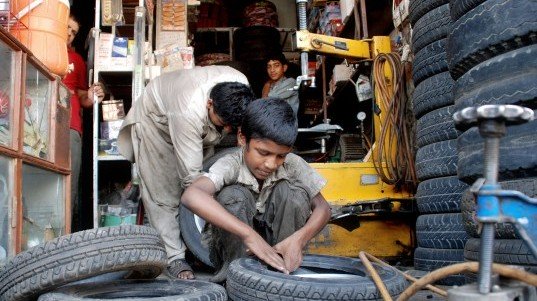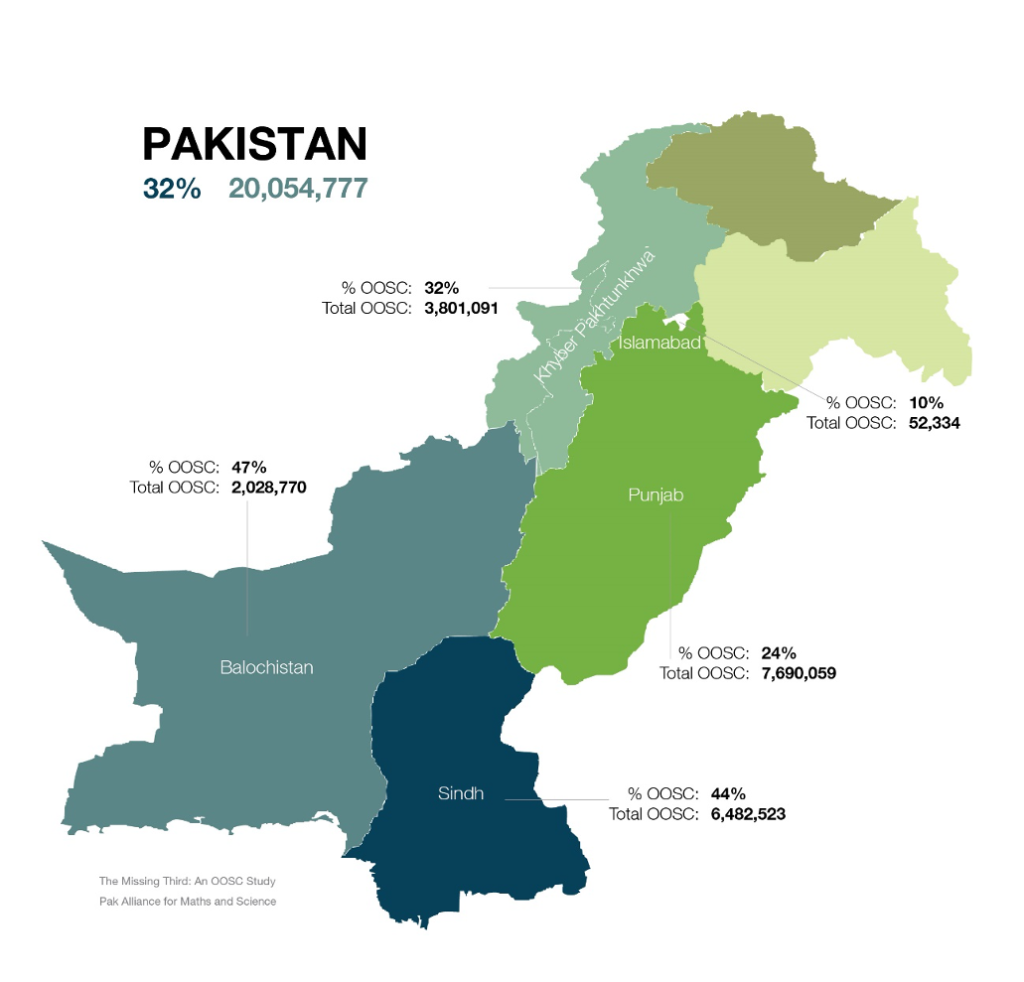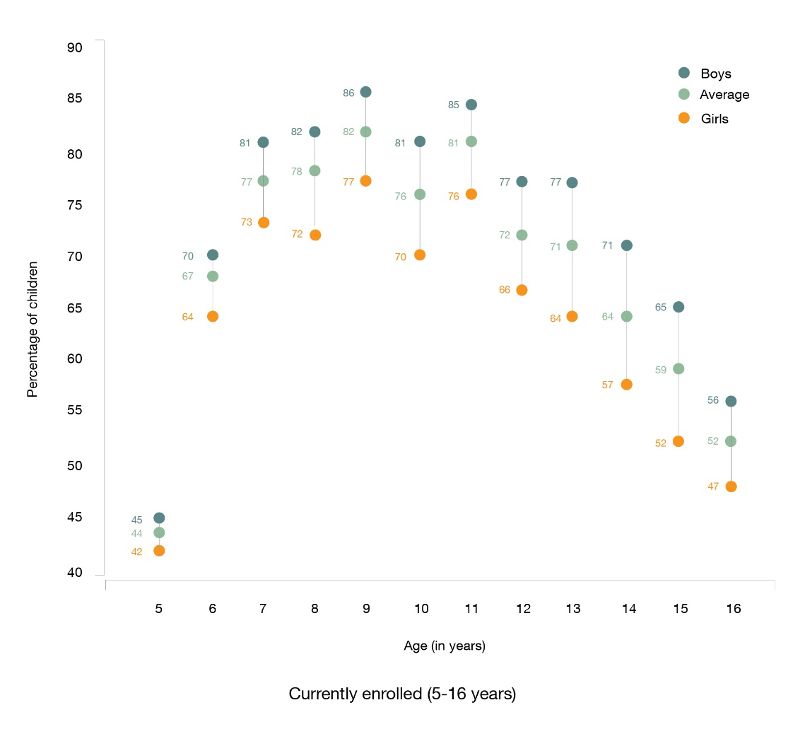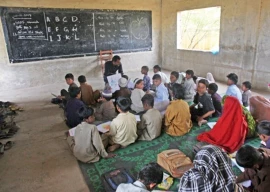
A staggering 25.3 million children aged 5 to 16 are currently out of school in Pakistan, representing 36% of the country’s school-age population.
The alarming figures are highlighted in a report titled The Missing Third of Pakistan, released by the Pak Alliance for Maths and Science (PAMS).
This report marks the first comprehensive analysis of out-of-school children (OOSC) at the tehsil level, based on data from the 2023 Population Census.

The report paints a grim picture of the country’s education system, with a significant majority of these children – 74% – residing in rural areas.
Efforts to increase enrollment in these regions face considerable challenges, including limited access to schools, poverty, and social barriers.
The data shows that the rural-urban divide in educational access is widening, with approximately 18.8 million out-of-school children living in rural areas alone.
Children aged 5 to 9 are particularly vulnerable, with 51% of this age group never having enrolled in school.
Even more concerning, over 50% of these children have dropped out or are no longer attending school.
These early setbacks are likely to have long-lasting impacts on literacy rates, as foundational educational skills are typically acquired at this stage.
The delay in enrollment is a major issue, especially in rural communities, where economic pressures and limited infrastructure prevent many children from entering the classroom.
Gender disparity further compounds the crisis.
The report reveals that 53% of the out-of-school population consists of girls, and the problem is especially acute in rural areas where female literacy rates are already low.

In some tehsils, more than 80% of girls aged 5 to 16 have never attended school, highlighting the deep-rooted gender inequality in educational access.
This gap in educational attainment between boys and girls is widening, with cultural and socio-economic factors often preventing girls from pursuing education.
Urban centres, typically considered better equipped for education, are not immune to the problem.
Cities like Karachi and Lahore, despite being provincial capitals with more educational resources, still house significant numbers of out-of-school children.
Karachi alone accounts for nearly 1.8 million children who are not enrolled in school, further underscoring the gravity of the crisis.
The ‘Missing Third’ report emphasises the urgent need for a data-driven approach to tackle these educational deficits.
It calls for targeted interventions, particularly in tehsils with the highest concentration of out-of-school children, to bridge the gap between rural and urban educational opportunities.
The report also urges federal and provincial governments to work together to address these disparities and to prioritise the development of infrastructure that can support increased enrollment.
Experts warn that without immediate action, the situation could worsen, jeopardising Pakistan’s future workforce and economic development.
The foundational gaps created by the absence of early education will make it increasingly difficult for children to catch up later in life, which could lead to lower literacy rates and diminished social mobility.
The report serves as a call to action for policymakers, educators, and civil society to come together and devise solutions to this growing crisis.
As the country grapples with these stark numbers, the education sector remains a critical area in need of reform.
The findings underline that ensuring equal access to education, especially for rural populations and girls, should be a national priority.
1672385156-0/Andrew-Tate-(1)1672385156-0-405x300.webp)




















COMMENTS
Comments are moderated and generally will be posted if they are on-topic and not abusive.
For more information, please see our Comments FAQ